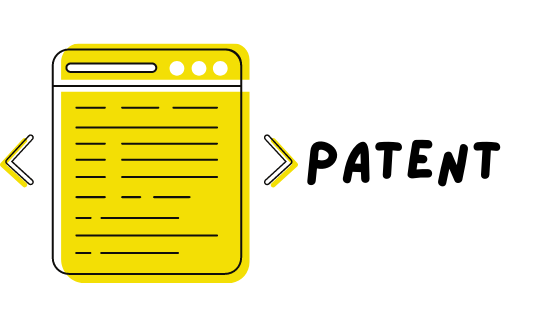The amount of time it takes an attorney to prepare a provisional application varies. The simplest application, requiring the least effort, is at one end of the spectrum. With this type of provisional application, the attorney simply takes the inventor’s existing disclosures and descriptions, formats them into a provisional application format, and files them as a provisional application. The client’s costs are reduced as a result.
At the other end of the spectrum, an attorney can put in nearly the same amount of effort as he or she would in preparing a complete patent application. It’s possible that one or more patent claims will be included. While this raises costs, it reduces the chance that the provisional application will be unable to support a later, complete, non-provisional application. At the far end of the range, some businesses file provisional applications. For this reason, it is advisable to hire the professionals, such as patent service InventHelp.

It goes without saying that applications prepared with more attorney effort will cost more, but they will also reduce the risk of later problems. Provisional applications at any level of attorney effort can make sense depending on the client’s goals and expectations. What’s important is that the client understands what he or she is getting and what they aren’t getting from the start, so there are no unmet expectations later on.
There’s also the risk of using the provisional application incorrectly. When drafting claims, attorneys conduct a thorough examination of the invention. This analysis entails determining which essential component parts are at the heart of the invention, as well as which details of the invention should be described in the specification and illustrated in the drawings. It is possible that an element necessary to claim the invention precisely will not be sufficiently described and shown if this analysis is omitted to save the cost of the entire application. As the invention becomes more complex, the chances of this happening increase as explained on this article – how do you patent an idea with InventHelp.
If later information is deemed necessary to allow claims, but it is not included in the provisional application and is only included in a later filed non-provisional application, only the non-provisional application’s filing date will be effective. As a result, prior art will no longer be based on the provisional application’s earlier filing date, and its benefit will be lost.



